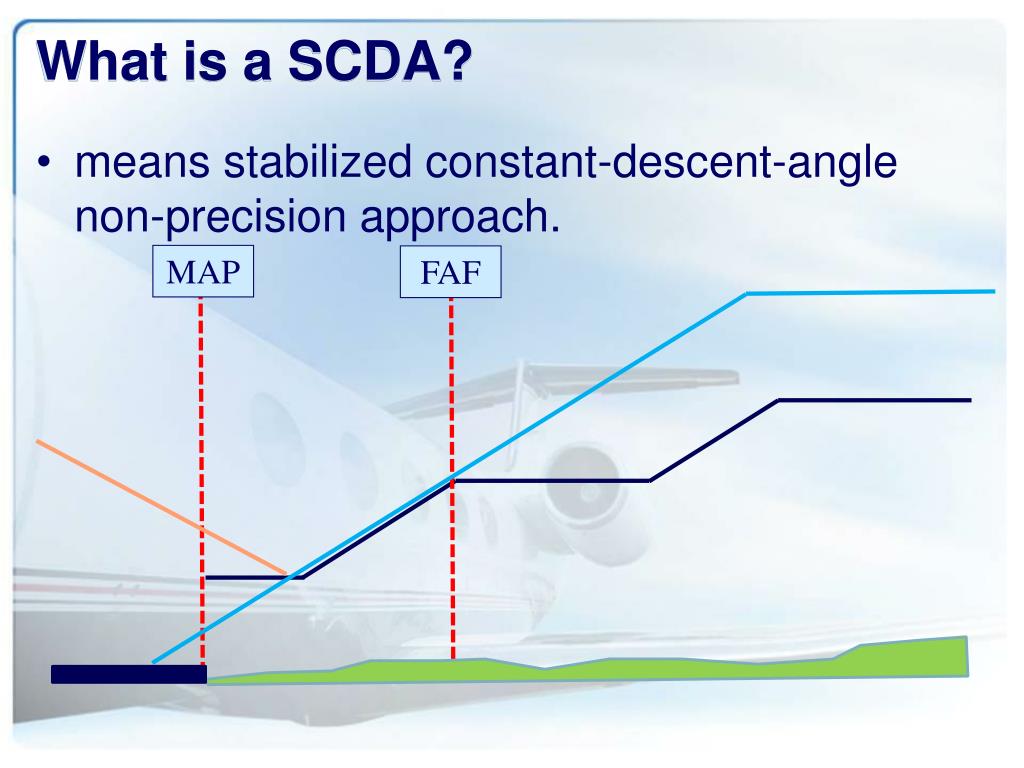

We tried more turns both ways, and I tended to do better with the compass. Switching to the wet compass and estimating the lag, I rolled out almost on my desired heading. PIC's curriculum is big on timed turns for partial-panel flight, and the theory sounded good until I forgot to start the timer while rolling into a turn. "Flying the gauges," unusual-attitude recoveries, and a healthy dose of partial-panel work - with the attitude and heading indicators covered to simulate vacuum failure - were the fare. The Foggles went on as we left the pattern and, except for one brief respite, stayed on until we landed 2.4 hours later.
NONPRECISION LOCALIZER SIMULATOR
Does your instrument instructor know how much airspace ATC protects for you when it issues holding instructions? Hint: If you're flying a typical piston single, like an Archer, how you enter the hold really isn't that important - except on the checkride.Īfter an introduction to the simulator and lunch at the airport restaurant, it was time to fly. It would be hard to get a better perspective on real-world IFR flying than from an active pilot and flight instructor who has spent as much time on the other end of the mic as Cabaniss, I thought. A former air traffic controller, he retired from the Washington Air Route Traffic Control Center in Leesburg, Virginia. Not all students meet that requirement going into the 10-day course, Cabaniss explained if I had been short, he would have ensured that we flew enough cross-country time during our training.Ĭabaniss, who lives on Smith Mountain Lake near Lynchburg, Virginia, would fit almost anyone's image of a Southern gentleman. Cabaniss' first question was about my cross-country time (although there is no longer a minimum number of total flight hours for the instrument rating, the FAA still requires 50 hours of cross-country time). He proffered coffee and we talked as he reviewed my logbook.

We'd agreed to set up the ATC 610 simulator and conduct ground school in his hotel room. How could I pass when I felt so unprepared? Day 1: 0.8 hours simulator, 2.4 hours airplaneīusinesslike and wearing a natty aeronautical tie despite Maryland's typically steamy September weather, Cabaniss was waiting for me in the lobby of the local Holiday Inn. Plus, I had been too busy to more than skim a few chapters of The Instrument Flight Training Manual, by PIC founder Peter Dogan, which the company sends to all its instrument students. With the realization that he had already scheduled my checkride, before the first lesson, I began to feel a bit stressed. About this time, James Cabaniss, assigned by PIC as my instrument instructor, called to introduce himself. Three weeks before my starting date, PIC training counselor David Craig called to make sure that I had appropriate en route and terminal charts, a lapboard, digital timer, yoke clip for holding approach charts, and an instrument training hood or a pair of Foggles - opaque eyeglasses that limit your view to the instrument panel. I passed the Aviation Seminars course with a score of 82. Because of my busy work schedule, a two-day weekend ground school seemed the best choice. PIC "strongly encourages" instrumentstudents to pass the knowledge exam before they begin flight training. Instead, I went with a Piper Archer II belonging to the AOPA Air Safety Foundation and available as a flying club airplane when it's not being used for research.Īs my starting date drew near, ground school became a concern. Although some FBOs may perceive PIC as a competitor, the FBO in Frederick, Maryland, readily agreed to rent me an airplane - but the available aircraft all had IFR approach-approved GPS receivers, and I didn't want to have to master an additional type of instrument approach before the checkride. Because I don't own an airplane, the next dilemma was what to fly. The checkride would be taken on the final day. I signed up for the company's signature 10-day instrument training course.

PIC, based in Essex, Connecticut, sends an instructor and a simulator to your location, and you provide the airplane. Then my thoughts changed: "Could I do it in only 10 days?"
NONPRECISION LOCALIZER PROFESSIONAL
Like many VFR pilots, I'd looked at Professional Instrument Courses' magazine ads and wondered, "How could anyone learn to be a competent instrument pilot in 10 days?" Every instrument pilot I knew took months to complete the process. The time had come for the instrument rating.


 0 kommentar(er)
0 kommentar(er)
